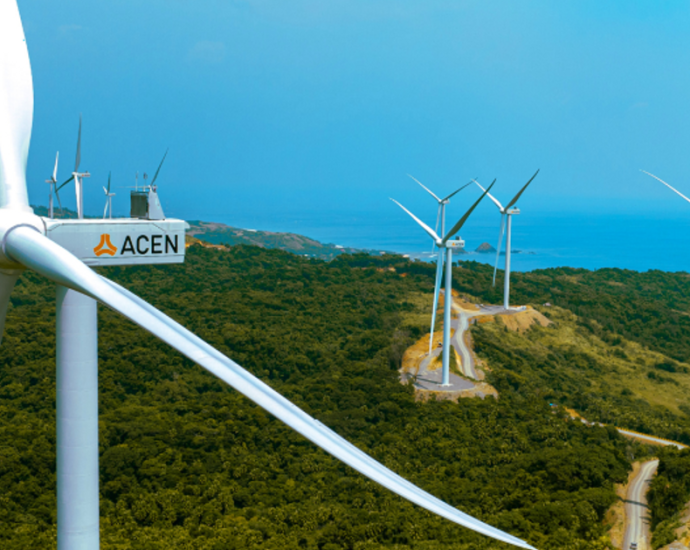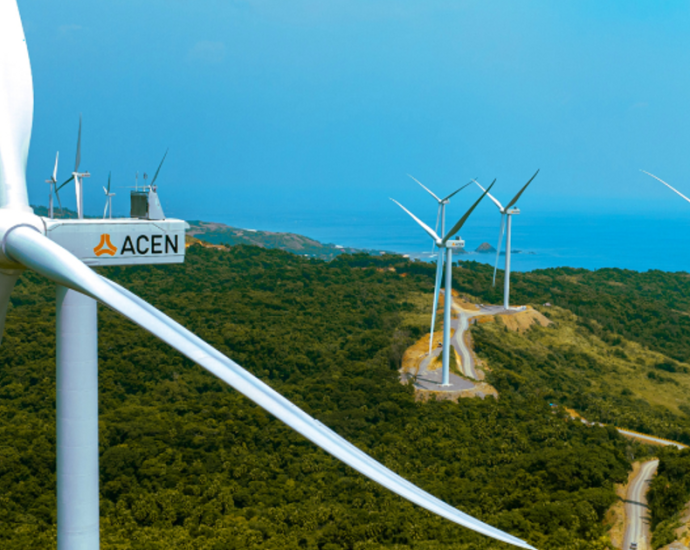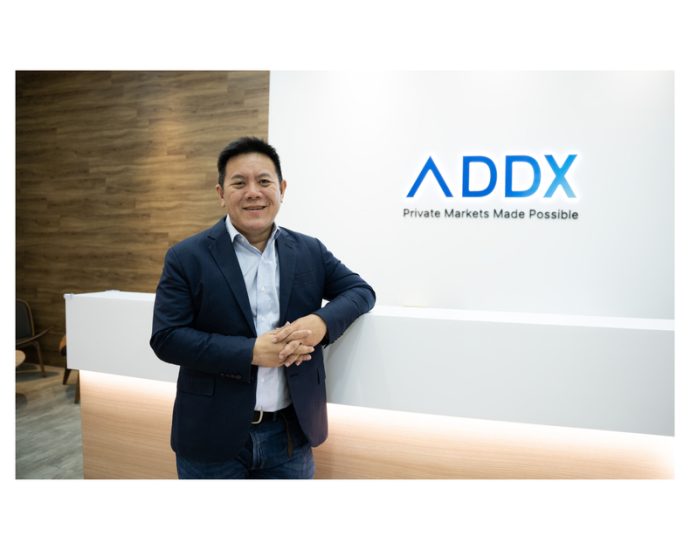In-depth: Exploring Hong Kong and Indonesiaâs strategic potential | FinanceAsia

Last week (July 26), Hong Kong Exchanges and Clearing Limited (HKEX) and the Indonesia Stock Exchange (IDX) signed a Memorandum of Understanding (MoU) marking strategic collaboration aimed at strengthening ties and exploring mutually beneficial opportunities across both markets.
According to the announcements, the partnership will see the exchanges meet regularly to develop new capital market products, including exchange-traded funds (ETFs) and derivatives; enable cross-border listings; and promote sustainable finance across the region, through shared best practices and the development of carbon markets.
The releases point to the benefits made available through enhanced cooperation, including access to the international connectivity and vibrance on offer via Hong Kong’s marketplace, as well as the talent, creativity and innovative characteristics of Indonesia’s “new economy” participants.
Discussing the news, Singapore-based Clifford Chance partner, Gareth Deiner, who specialises within the firm’s South and Southeast Asian capital markets practice, shared with FinanceAsia his take on the opportunity presented by forging a deeper connection with the market that is home to world’s largest nickel supply.
“The mutually beneficial aspect of this collaboration is that it offers access to a wide pool of North Asian institutional investors and therewith, an enhanced liquidity pool.”
Shanghai and Singapore-based Clifford Chance partner, Jean Thio, acknowledged the significant number of Indonesian conglomerates that operate outside of the domestic market and seek access to North Asia’s investor community.
She highlighted her work in 2022, advising on the spin-off IPO of Chinese dairy farm operator AustAsia Group, a subsidiary of Indonesian agribusiness, Japfa, as demonstrating this point.
“International issuers look to Hong Kong as a way of accessing international institutional capital. The new collaboration complements other regional initiatives, such as Stock Connect.”
Hong Kong and China’s central banking authorities announced in May the launch of the sixth iteration of the regional bilateral scheme, the northbound channel of Swap Connect. The initiative is the first derivatives mutual market access programme globally and opens up institutional entry to China and Hong Kong’s interbank interest rate swap markets.
In terms of the current trends permeating Indonesia’s capital markets, Deiner shared, “Historically, Indonesia’s future-facing minerals – cobalt, copper and nickel – would be exported. But now these are proving key elements of Indonesia’s onshore energy transition story, as they are core components used in the manufacture of wind turbines, solar panels and electric vehicles (EVs).”
“As such, Indonesia has implemented bans on the export of unprocessed nickel ore, in order to facilitate the development of the EV supply chain onshore.”
Deiner and his team advised the underwriters of Harita Nickel’s IDR9.7 trillion IPO on the IDX in April, which media attributed to being part of a government push to privatise state-owned enterprises (SOEs).
Amit Singh, Singapore-based partner and head of Linklaters’ South and Southeast Asia capital markets practice agreed that the newly formed “super-connection” opens the door to meaningful, increased liquidity for Indonesian companies.
“Hong Kong also gains a valuable link with the growing mining and supply chain powerhouse that Indonesia is developing into,” he told FA.
“Mining, minerals and other supply chain-focussed industries are driving Indonesia’s IPO boom in 2023,” Singh explained, pointing to his involvement in Merdeka Battery’s IDR9.2 trillion ($620 million) IPO in April. The PT Merdeka Copper Gold Tbk subsidiary owns one of the largest nickel reserves globally and has a portfolio of EV battery assets across the Sulawesi region.
“This trend is likely to continue and grow in the upcoming years, and Hong Kong is clearly seeking to position itself closely with Indonesia and its burgeoning strengths in these areas.”
Dual listings
Tjahjadi Bunjamin, Jakarta-based managing partner and head of the finance practice at Herbert Smith Freehills (HSF) partner firm, Hiswara Bunjamin & Tandjung (HBT), agreed that the MoU means that Indonesia will obtain greater access to Chinese issuers and the related international investment base.
“This is particularly important given the dominant role of Chinese companies in the EV ecosystem.”
He explained to FA that the collaboration further enables the exploration of dual listings by both parties: “Both will benefit from a more coordinated approach to listing in the two jurisdictions, as well as more clarity on listing requirements for issuers and investors.”
“Dual listings and increased regulatory cooperation will accelerate the maturation of the Indonesian capital markets, allowing them to more quickly adapt as deal sizes and investor interest and scrutiny in the market widens,” Singh added.
David Dawborn, HSF partner and senior international counsel at HBT, noted that a challenge for the partnership will involve the fact that Indonesia’s capital markets system remains primarily focussed on basic equity and debt securities.
“It could benefit from new ideas and products available through Hong Kong’s capital markets system, which is more flexible and easier to navigate in many aspects.”
In prior discussions with FA, experts have commended Indonesian regulators for their efforts to make the market’s domestic exchange more accessible and attractive as a listing destination.
In late 2021, the Indonesian financial services authority, Otoritas Jasa Keuangan (OJK), approved amendments to the listing regime to allow firms with multiple voting rites (MVR) to participate on the domestic exchange. The move signalled continued progress to bring Indonesia’s capital markets in line with other global exchanges, such as those of the US and Hong Kong, which have had dual class share frameworks in place since the 1980s.
Recent research by the Hong Kong Trade Development Council (HKTDC) citing Refinitiv data suggests that more than 70% and 25% of companies currently listed on IDX meet the minimum capital requirement for listing on Hong Kong’s GEM (which serves small and mid-sized issuers) and main board, respectively. “This implies that there is a huge potential pool of candidates for dual primary and secondary listing,” the report noted.
However, the research added that so far, “only three Indonesian companies domiciled in Indonesia are currently listed overseas, and none are listed in Hong Kong.”
Tech story
Poised to become the seventh largest global economy by 2030, Dawborn underlined Indonesia’s endeavours to become a regional leader for Southeast Asian capital markets, following its success as host of last year’s G20 summit, in Bali.
Already home to a variety of tech unicorns (companies valued at over $1 billion) including Blibli, Bukalapak, Traveloka and GoTo, Indonesia is fast-emerging as a Southeast Asian tech hub, with its internet economy expected to double in value to be worth $146 billion by 2025.
Experts suggest that Indonesia holds significant potential to elevate Asia’s prominence on the global tech stage.
“Where we are in the macroeconomic cycle, with interest rates at an all-time high following another bump by the Fed last week, the landscape is challenging – high interest rates are not the friend of the tech sector. But the minute that inflation starts to settle, I think we’re going to witness the next chapter of Indonesia’s tech story,” Deiner said.
“Traditionally, Southeast Asian companies have always thought of the US when it comes to tech, but the HKEX has worked to be increasingly accommodative for these firms and Hong Kong is starting to prove a very attractive listing venue for those active in biotech,” explained Clifford Chance’s Thio.
“So-called US stock orphan listings (where a company has no operations, investor relations or management in a particular market but chooses to list there) are becoming a real discussion point across the Asian IPO landscape. I agree that Hong Kong may become an increasingly compelling venue for tech firms. In doing so, it supports the regional sector growth story,” Deiner added.
The tech sector is also set to support Indonesia’s efforts in the sustainability space. The market published the first version of its green taxonomy in January 2022.
“The ESG frameworks and disclosure standards of listing venues have become a hot topic in the IPO execution process and in equity offering documents more generally, and the variation in ESG disclosure standards across different international markets is creating a degree of execution friction across transactions in different markets,” Deiner explained.
“I was interested to read that the exchanges highlighted ESG considerations in the MoU as this will hopefully present an opportunity for the two markets to converge on ESG standards.”
“If this leads to a greater uniformity in ESG disclosures across primary equity markets, this could really be a game changer for market activity, and would be a very exciting development to monitor,” he added.
“As Hong Kong already has more developed carbon related, ETF and derivative products and trading systems, Indonesia and the market’s investors will benefit from access to this knowhow and technology,” noted HBT’s Bunjamin.
Jakarta-based corporate partner and capital markets lead, Viska Kharisma, told FA that following the introduction of Indonesia’s Financial Services Omnibus Law in 2023, OJK has been considering marketing more types of offshore securities in Indonesia, including carbon-related instruments.
“We understand that OJK and IDX propose to issue a new carbon market trading regulation in the near future, which should facilitate access by international investors to carbon credit opportunities through Indonesian industrial and mineral companies,” she said.
Reflecting on the opportunity on offer as a result of the official partnership, Deiner shared, “Where there is a cross- or secondary listing as part of a primary offering on any two international exchanges, you’re going to have an element of friction between their respective listing standards and the requirements that one legal jurisdiction or one regulator will impose versus another – and in many ways, the art of dealmaking in large-scale equity capital market (ECM) transactions of this nature, involves getting these two pieces to fit.”
“There’s nothing particularly apparent that has created a roadblock between the markets until now, but then that’s why you have the MoU. Hopefully it will provide a robust basis to ensure that any future obstacles can be navigated or removed,” he concluded.
HKEX declined to comment beyond the press release. IDX, the Indonesian Chamber of Commerce and Industry (KADIN) and a number of Indonesian banks did not respond to requests for comment.
¬ Haymarket Media Limited. All rights reserved.




















